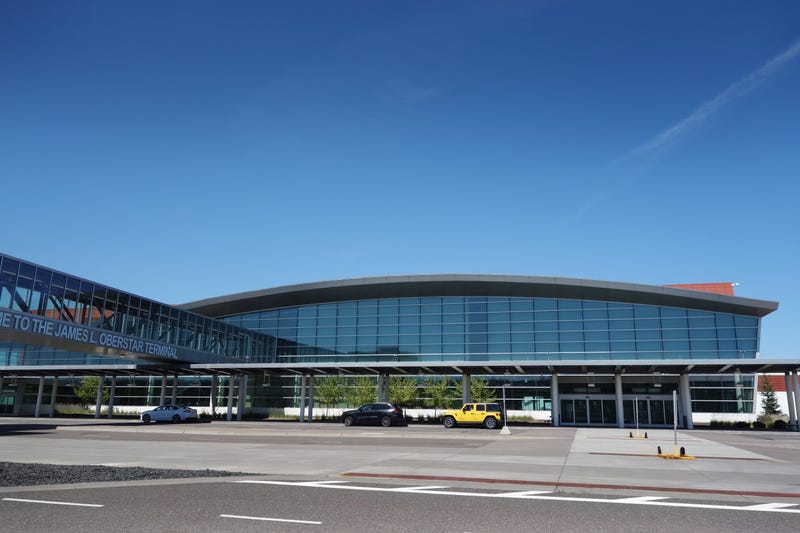
The third oldest air traffic control tower in the United States is at Duluth International Airport.
That revelation comes after U.S. Transportation Secretary Sean Duffy got a look at it on Saturday. Duffy said it reminded him an old video game console.
"We'd play Atari back in the 80s, right? Old school," Duffy explained. "That is like rockstar technology compared to what they're using here. And we're gonna continue to work with all of you, to ask you to get some more money from the state and local government."
Secretary Duffy says $12 billion recently set aside by Congress for air traffic control upgrades across the U.S. is just a down payment. Duluth airport officials say it'll take $72 million to bring just their control tower up to date.
"If that tower goes down, remember we've got both general aviation and commercial aviation along with those 148 fighter wings, the F-16 unit," says 8th District Congressman Pete Stauber (R) who represents the Duluth area and was with Duffy over the weekend. "So that control tower, we need to upgrade it and get it into that 21st century technology. But I can tell you that the One Big Beautiful Bill was a really, really good down payment."
State lawmakers this year added $10 million to Minnesota's transportation budget to help pay for the project, but that clearly is not going to cover the upgrade.
Duffy said that he believes most Americans likely thought that more was being done to keep the country's air traffic systems up-to-date.
"I think most Americans believe that the FAA and the federal government has made sure that they update all of the equipment that is used to keep our airplanes safe," Duffy said. "And I think it's just been recently that people have realized that actually no, that's not the case."
The Secretary estimates it will cost more than $30 billion to upgrade the system's infrastructure entirely.
Demands to fix the aging system that handles more than 45,000 daily flights have increased since the midair collision in January between an Army helicopter and a commercial airliner that killed 67 people over Washington, D.C.
That crash — and a string of other crashes and mishaps — showed the immediate need for these upgrades, Duffy said in front of airline officials, union leaders and family members of those who died in the crash near Reagan National Airport.
Duffy made those comments back in May while calling for more funding. “It’s going to be billions, lots of billions,” he said.
The plan has an aggressive timeline, calling on everything to be finished by 2028 — although Duffy said it may take another year.
One of the biggest challenges with a massive upgrade is that the FAA must keep the current system operating while developing a new system and then find a way to seamlessly switch over. That’s partly why the agency has pursued more gradual improvements in the past.
The shortage of controllers and technical breakdowns came to the forefront in the last two weeks when a radar system briefly failed at the Newark, New Jersey, airport, leading to a wave of flight cancellations and delays.
Without the planned upgrades, those breakdowns will be repeated around the nation, Duffy said. “Newark has been a prime example of what happens when this old equipment goes down,” he said.
The Associated Press contributed to this story.
